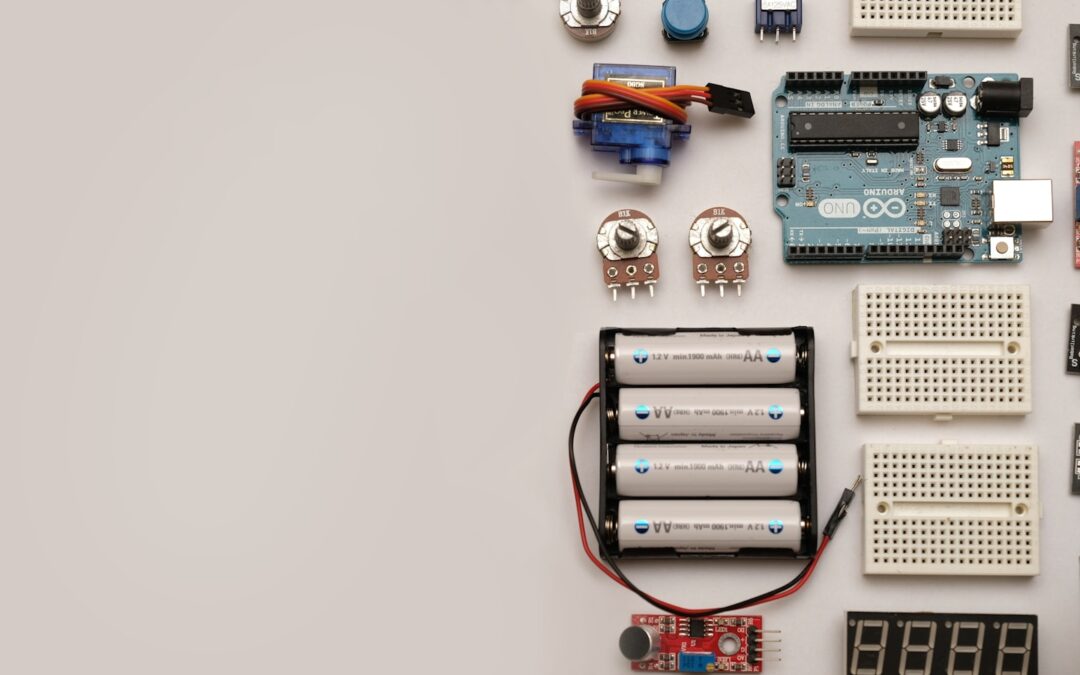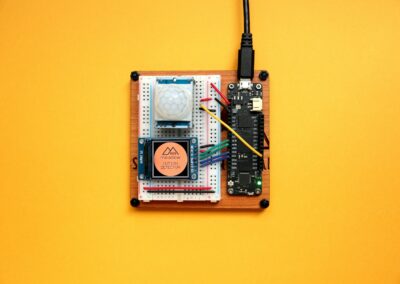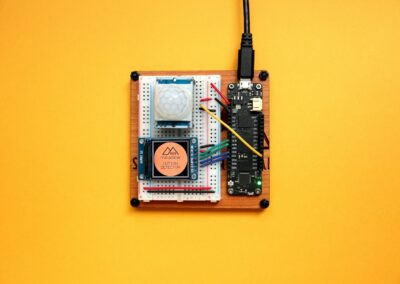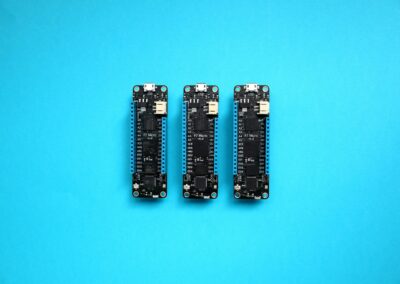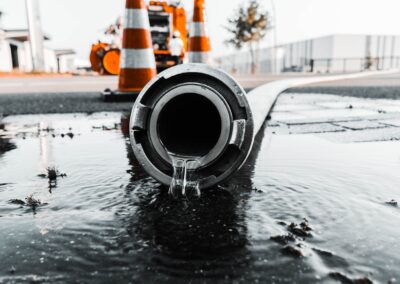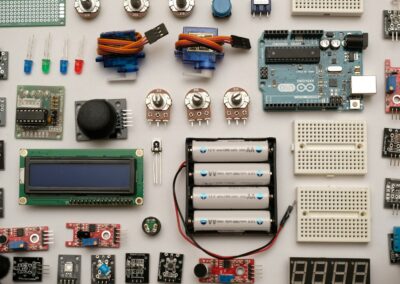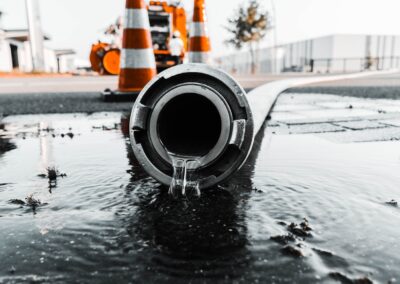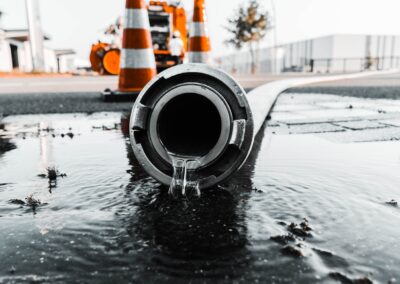Transforming Leak Detection with IoT Sensors
Improving Real-Time Monitoring
The integration of IoT sensors in leak detection systems marks a significant advancement in real-time monitoring capabilities. IoT sensors, embedded throughout water distribution networks or industrial pipelines, continuously collect and transmit data on various parameters such as pressure, flow, and temperature. This constant stream of data enables a comprehensive view of the system’s health, allowing for immediate detection of anomalies that may indicate leaks. For example, if a sensor detects an unusual drop in pressure or an unexpected increase in flow, it can instantly alert system operators to a potential issue. This real-time monitoring is crucial in regions like Saudi Arabia and the UAE, where efficient water management is vital due to arid climates and rapid urban development. By providing continuous oversight, IoT sensors help prevent minor leaks from escalating into major issues, thereby maintaining system integrity and reducing water wastage.
Facilitating Rapid Response to Leaks
Incorporating IoT sensors into leak detection systems also enhances the ability to respond rapidly to leaks. Traditional leak detection methods often involve manual inspections and periodic checks, which can delay the identification and resolution of issues. In contrast, IoT sensors provide real-time alerts when they detect irregularities, enabling immediate action. This rapid response capability is essential for minimizing damage and operational disruptions. For instance, in a high-pressure pipeline network, a quick reaction to a detected leak can prevent significant losses and ensure continuous service. In cities like Dubai and Riyadh, where infrastructure systems are under constant pressure due to urban expansion, the ability to swiftly address leaks is vital for maintaining reliable and efficient operations. IoT sensors thus play a critical role in enhancing response times, mitigating potential damage, and ensuring the ongoing efficiency of infrastructure systems.
Enhancing System Efficiency and Cost Savings
The integration of IoT sensors in leak detection systems not only improves monitoring and response but also contributes to overall system efficiency and cost savings. By providing accurate, real-time data, IoT sensors enable more informed decision-making regarding maintenance and repairs. For example, instead of performing routine checks on an entire network, operators can use data from IoT sensors to pinpoint exact locations that require attention. This targeted approach reduces unnecessary inspections and focuses resources where they are most needed, leading to significant cost savings. Additionally, early leak detection and prompt repairs prevent extensive damage, which can be costly and disruptive. For businesses and municipalities in Saudi Arabia and the UAE, where managing resources efficiently is essential, IoT sensors offer a cost-effective solution for maintaining and enhancing infrastructure performance.
Integration with Predictive Analytics
IoT sensors significantly enhance the capabilities of leak detection systems when combined with predictive analytics. Predictive analytics uses historical data and real-time information from IoT sensors to forecast potential issues before they occur. By analyzing trends and patterns, predictive models can identify areas at high risk of leaks, allowing for preventive maintenance. For example, if sensors detect a gradual decline in pressure over time, predictive analytics can signal a potential failure point, enabling preemptive repairs. This integration of IoT sensors with predictive analytics is particularly beneficial in rapidly growing regions like Riyadh and Dubai, where infrastructure must keep pace with development. It ensures that maintenance is proactive rather than reactive, leading to improved system reliability and extended asset life.
Enhancing Data Integration and Management
Another significant advantage of IoT sensors in leak detection systems is their ability to integrate with other data management platforms. IoT sensors generate vast amounts of data that can be centralized and analyzed through advanced management systems. This integration provides a holistic view of the infrastructure, combining data from various sensors and sources into a single platform. For instance, a centralized dashboard can display real-time data, historical trends, and predictive analytics, allowing for comprehensive monitoring and management. In regions like the UAE, where technological advancements are a key focus, this integration supports efficient infrastructure management and enhances decision-making processes. By leveraging integrated data, businesses and municipalities can optimize operations, improve system performance, and achieve better overall outcomes.
#IoTSensors #LeakDetection #RealTimeMonitoring #RapidResponse #InfrastructureManagement #PredictiveAnalytics #SustainableInfrastructure

